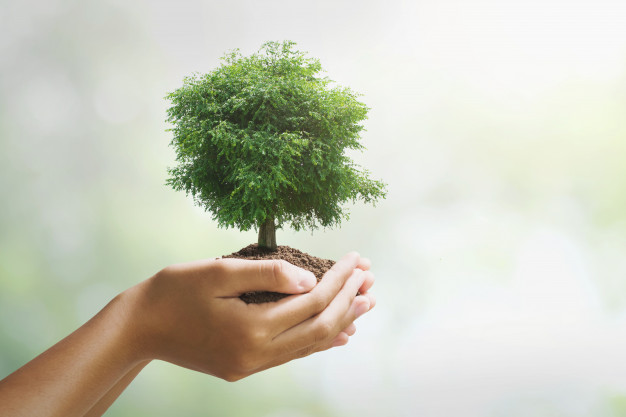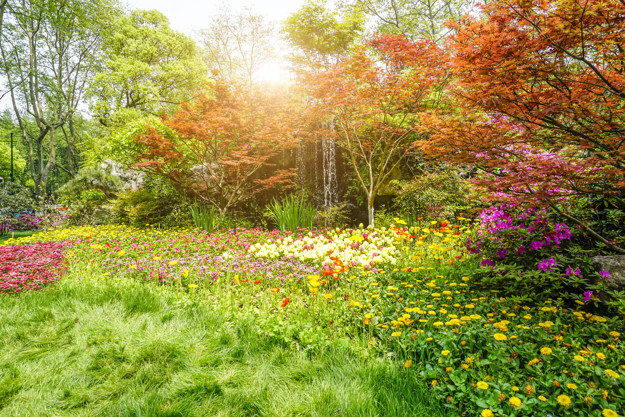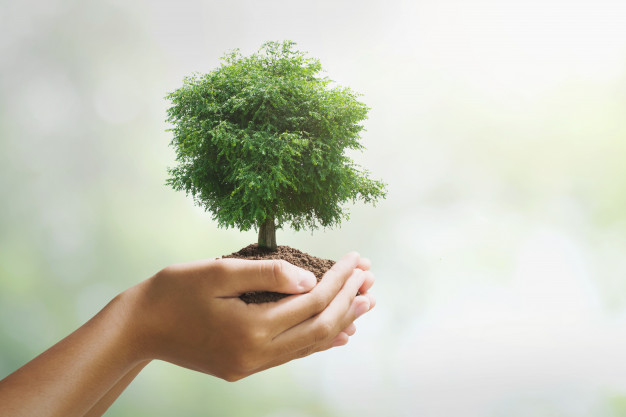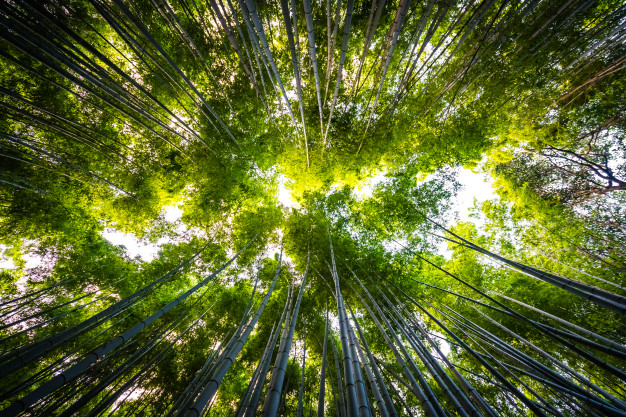The minds of children plays a wonderous role, when it comes to untapped genius. That level of creativity and unseen knowledge, that children naturally exhibit and perform. An ability to absorb information quickly and readily in the education era. When that happens, educators and adults, alike, are provided with ample opportunities in re-experiencing this magical world. They are given the option of delving further into different methodologies and tactics for enhancing the learning experience for the Pre-K and Kindergarten stages.
Yet, what happens when a slight “hardening” of the mind has taken place among children of the Kindergarten and Pre-K stages? What methodologies do educators utilize when melting away or softening learning obstacles (or barriers) among children, within the primary stages?
One of the insightful things, which becomes evident concerning the melting away, or softening of adolescent minds, in the Pre-K and Kindergarten years is the art of nature and aligning with that high energy, in order to remove outdated patterns and hardened auras associated with educational barriers. What do such processes look like? How do these art forms continue to align themselves with a more liberating way of understanding, and shaping, the minds of children within these particular age groups?

When we immerse into the world of nature, one of the most impactful ways of softening, or melting away, mental rigidity is getting children to delve in the realms of nature. And, not simply going out into the playground and playing. Rather, floating with sensory imagery, through students’ observation and interaction with plants, flowers, and other connections to the natural world. Shape, design, style, smell, texture, and other lessons that nature yearns to educate us on, all performs its role in teaching children the naturality of learning. Mirroring learning in the way of the sponge. Seeing knowledge as water, to be absorbed and soaked up. That, which is not beneficial, can be squeezed out; allowing another absorption to take place. That is the way of nature.


One of the intriguing attributes of getting Pre-K and Kindergarten stages to truly intertwine with nature, is to put them in the realms of nature. Its a fascinating attribute, concerning being able to connect children with the mathematical and scientific foundations of the natural realm. Too often, many children are cheated into knowing, and experiencing this world. With the exception of those, whose educational environments have been designed to connect children to this world. Whether it’s mathematics, English, social studies, science, music, and other educational realms, it’s all part of the miracle of having foundation in the circular effect. And, the circular effect is all connected to the functional shape of nature, her rhythms, speed, and movement patterns. Of course, that’s for another conversation.
Through, nature, sound, and rhythm, one finds the ability to dismantle unnatural and rigid learning barriers for children in the Pre-K and Kindergarten stages. Not necessarily discussing the traditional exercises of games, songs, and play, even though, those, too, have their roles. Rather, such pertains to softening, and “melting away,” those mental barriers, by using nature and our immersion into nature, as tools to achieve this objective. By allowing children to immerse into this realm, students are provided with the opportunity to shatter restrictions, which happen within closed spaces. One could even propose allowing the first day of class for Pre-K and Kindergarten to take place outside. This could serve as one step in melting away learning barriers, for children within this age group.
One of the beautiful attributes surrounding the melting away of learning obstacles and rigidities is that educators are able to witness the speed of the process, based on how students are able to grasp and absorb diverse pieces of information at a time. Observing those different pieces, while seeing their intertwining among each other. Its the ability for the mind to weed out imbalanced energy, which does not sustain it’s potential to elevate into a higher dimension, when it comes to children’s education. Part of the mystique of getting children immersed into nature, when using sensory imagery, is subconsciously teaching them to imagine Earth’s rhythmic patterns. Patterns which arise when students are moving (figuratively or realistically) through different learning styles. Imagining learning styles and knowledge, having different designs and images. These patterns flourish, based on the location of the learning environment, OR if the educator has mirrored certain patterns from the Earthly realm, into the classroom (even re-shaping or re-decorating the classroom to imitate the natural patterns, movements, and creativity). Bringing nature into the context of education and learning, softens the mind. Once the mind has been softened, and the learning processes have been softened, knowledge is channeled in the way of water. The brain becomes a sponge; holding, that which is useful, while filtering what does not connect.

Another arena surrounding nature, and connecting children to the natural realm of education is the process of sound. The use of different sounds (via pitch, texture, or speed) is a reflection of one of the invisible properties of nature. Getting children to move in that sound is part of the magic, which happens in the classroom, as it is one way of connecting students to the invisible movements of nature. Those invisible patterns of nature. In turn, an educator is softening the barriers, until they are removed. Consistency and time serve as the forces, which ultimately remove these barriers. After a few months, one no longer sees these barriers. Soon, this increases the rate at which students are able to learn. Even at the Pre-K and K-G stages, students absorb high levels of information, once those barriers are broken. “Impossibilities” become possible for those students, who were thought to have “learning disabilities.” The information soon evens itself out, over periods of time.
Once the mind has been softened, more of the creativity within the classroom can been elevated and amplified. Children can a better understanding of creating, and seeing the ability to take what is invisible and bring it into the visible. Destructive behaviors of tearing up, and being rough, during arts and crafts time, are slowly weeded out. Students begin to bring a more gentle touch to their work. Being sensitive to energy, which shapes and guides the way for children to participate in crafts and the building of structures in the classroom. Again, nature is the source. It becomes the foundation for amplifying learning in the classroom. Making learning a more natural process.

When we move back into the worlds of Pre-K and Kindergarten, the practice of connecting with nature for a natural learning process is more pressing than ever before. Unhealthy uses of technology are removing the mind from this natural essence. Unfortunately, it has started to peak into the primary minds, as well. Nevertheless, such can be reversed. Sensory imagery and working the senses of the mind with nature strengthens the opening of a child’s mind from early on. It is a different experience. Nevertheless, it is a unique and effective one. Soon, students come to embrace their unique creativity, and particular rhythm. How they move through nature. How they create and produce, once they have connected to nature’s (or the natural way) of thinking. There becomes a sense of pride in what young minds see when they connect in the invisible and bring it for creation in the visible.
Moving forward into the naturality of mental absorption, it becomes pressing for educators to view classroom spaces and educational environments as atmospheres for gentility and delicacy. Even in classroom spaces, which appear rigid, one is able to bring models and patterns into the classroom, in order to bring in fluidity, within that spacing. Again, using different pitches of sound, positioning 3-D/2-D images in the classroom, and strategic forms/models of movement in the classroom, all contributes to bringing nature’s sensory, shape, and essence (especially, into rigid classroom structures) establishes Earth’s shape and functioning. One of the foundations of such is to establish an essence, where students in the Pre-K and Kindergarten stages are able to morph out of mental rigidities (oftentimes learning them unintentionally), in preparation for higher grade levels (and therefore, higher spheres) of learning. Its an intrinsical and aesthetical learning experience. And, it all starts with the Pre-K and K-G stages. Creating the learning atmospheres to be oh, so natural!




